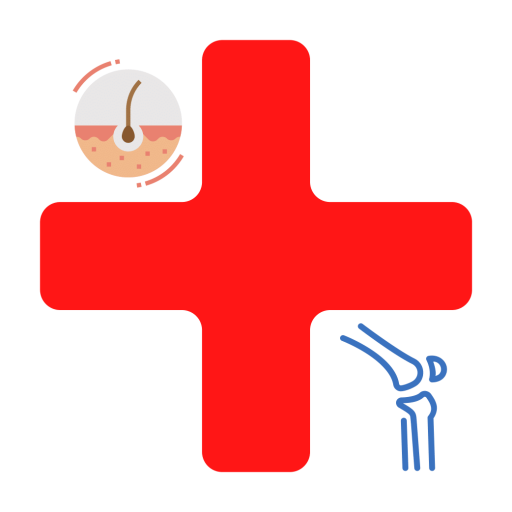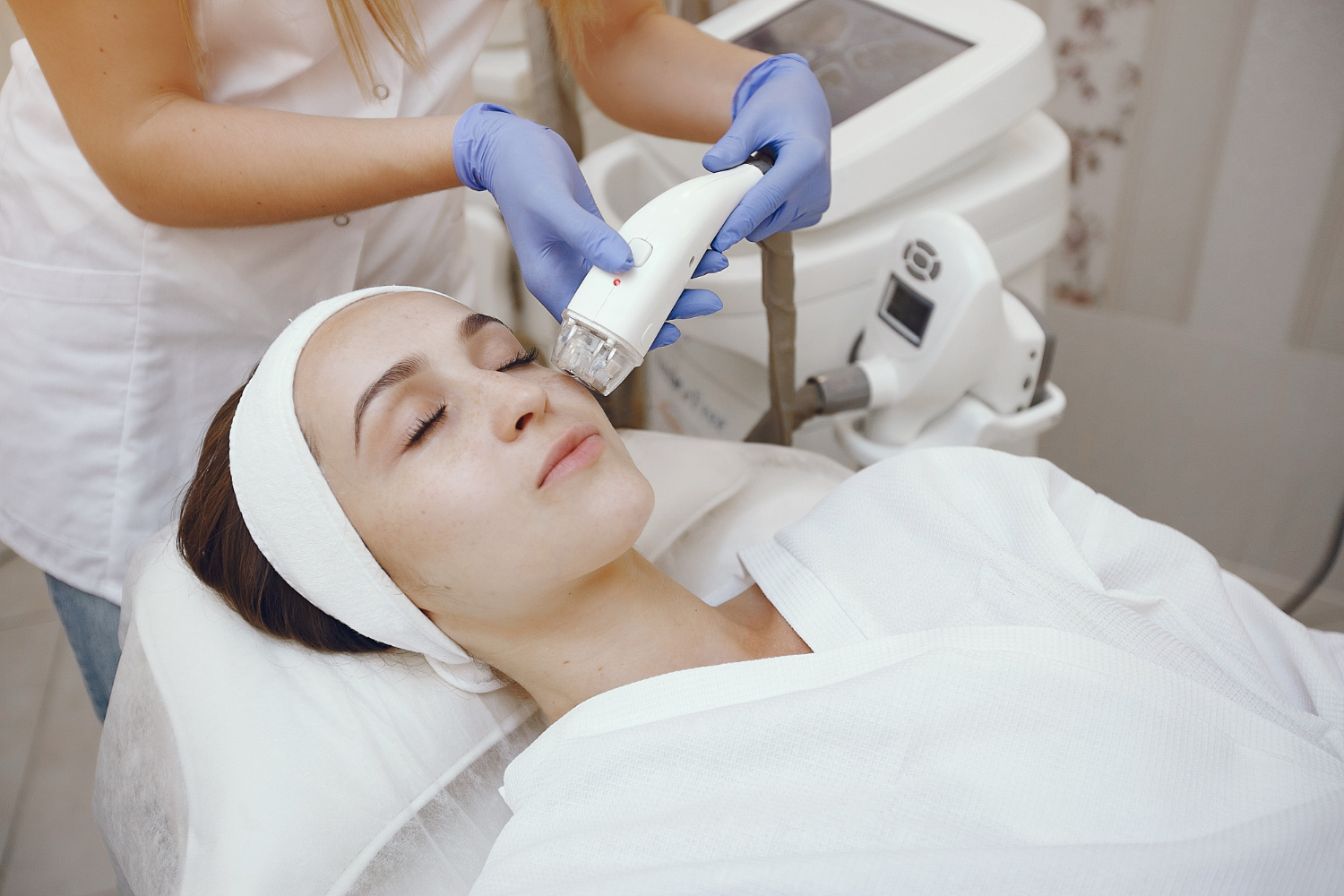Chemical Peeling
Chemical Peel
A chemical peel is a technique used to improve the appearance of the skin on the face, neck or hands. A chemical solution is applied to the skin that causes it to exfoliate and eventually peel off. The new, regenerated skin is usually smoother and less wrinkled than the old skin. The new skin is also temporarily more sensitive to the sun. There are three basic types of chemical peels:
Superficial or lunchtime peel:
Alpha-hydroxy acid or another mild acid is used to penetrate only the outer layer of skin to gently exfoliate it. The treatment is used to improve the appearance of mild skin discoloration and rough skin as well as to refresh the face, neck, chest or hands.
Medium peel:
Glycolic or trichloroacetic acid is applied to penetrate the out and middle layers of skin to remove damaged skin cells. The treatment is used to improve age spots, fine lines and wrinkles, freckles and moderate skin discoloration. It also can be used to smooth rough skin and treat some precancerous skin growths, i.e. actinic keratosis.
Deep peel:
Trichloroacetic acid or phenol is applied to deeply penetrate the middle layer of skin to remove damaged skin cells. The treatment removes moderate lines, age spots, freckles and shallow scars. Patients will see a dramatic improvement in skin appearance.
Chemical peels are most commonly performed on your face, neck or hands. They can help reduce or improve:
- Fine lines under your eyes or around your mouth and wrinkling caused by sun damage, aging and hereditary factors.
- Certain types of acne.
- Mild scarring.
- Sun spots, age spots, liver spots, freckles, uneven skin coloring.
- Precancerous scaly spots called actinic keratosis.
- Rough skin, scaly patches, dull complexion.
- Dark patches ( melasma ) due to pregnancy or taking birth control pills.

